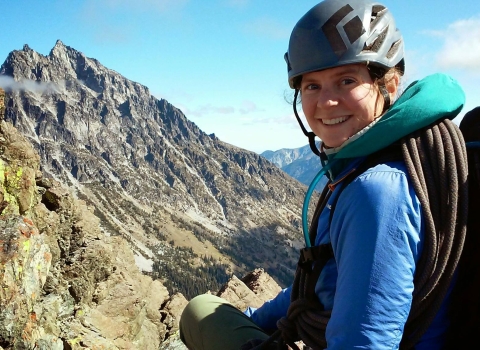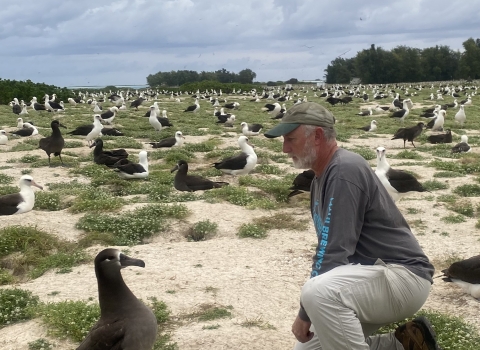We at the U.S. Fish and Wildlife Service know that in order to positively impact fish populations in the Great Lakes, we need special isolation infrastructure and know-how from a dedicated crew of biologists. Take a moment to learn how staff at the Northeast Fishery Center in Lamar, Pennsylvania put $2.5 million in Great Lakes Restoration Initiative funding to work to modify an existing building to benefit coregonine fish, also known as freshwater whitefish, including bloater and cisco.
The building in Lamar currently includes a health center, fish hatchery and technology center. The inclusion of an isolation system allows separation of incoming fish from the rest of the facility. The facility will also include treatment of incoming and outgoing rearing water to maintain the integrity of the watershed. This is especially important for filtering water to prevent pollutants from entering public water and to keep invasive species invasive species
An invasive species is any plant or animal that has spread or been introduced into a new area where they are, or could, cause harm to the environment, economy, or human, animal, or plant health. Their unwelcome presence can destroy ecosystems and cost millions of dollars.
Learn more about invasive species from spreading.
Fish isolation plays an important role in getting fish back into the Great Lakes, including prey species for lake trout and other fish. By modifying the center’s existing building into an isolation facility, staff can house wild-sourced eggs from the Great Lakes, with an emphasis on coregonines. Isolation of wild-sourced eggs allows for fish health inspections and clearances before incorporating them into a hatchery for production, research, or distribution to other facilities.
A recirculation system within this isolation facility will also minimize discharge, reduce water consumption needs and allow for greater temperature control. This is believed to be increasingly important for hatching conditions for bloaters, a deepwater coregonid. Partitioning of systems within the isolation facility will also allow for concurrent use, as well as multiple species rearing, which is important due to the use of hatchery propagation within the Great Lakes for restoration.
“Transformation of existing infrastructure at the Northeast Fishery Center provides a unique opportunity for much needed isolation capacity to support fisheries restoration in the Great Lakes,” said Meredith Bartron, project leader for the Northeast Fishery Center. “We’re excited that to provide support for Great Lakes restoration through this new capacity.”
The Northeast Fishery Center has been engaged in fish production for the Great Lakes, producing cisco and now bloater for Lake Ontario for the past six years. No other isolation facilities support coregonid wild broodstock broodstock
The reproductively mature adults in a population that breed (or spawn) and produce more individuals (offspring or progeny).
Learn more about broodstock and gamete collections to support the Lower Lakes.
Restoration of prey fish is clearly expressed as a priority in initiative action plans. The isolation facility better positions us to meet prey fish production targets aligned with the goals identified in Great Lakes Restoration Initiative Action Plan 4. Without the isolation facility, production targets and restoration goals would not be met. Our ability to respond to partner requests for will be expanded thanks to the development of this facility.





